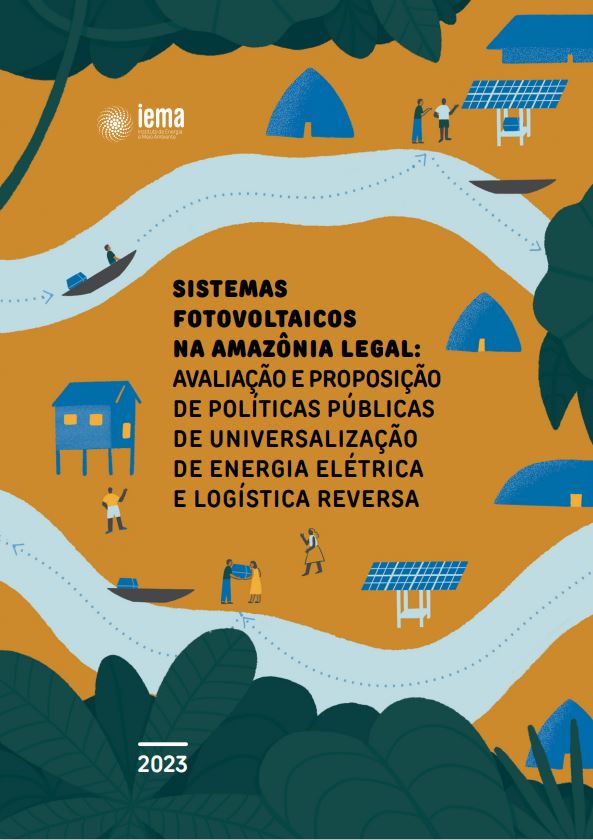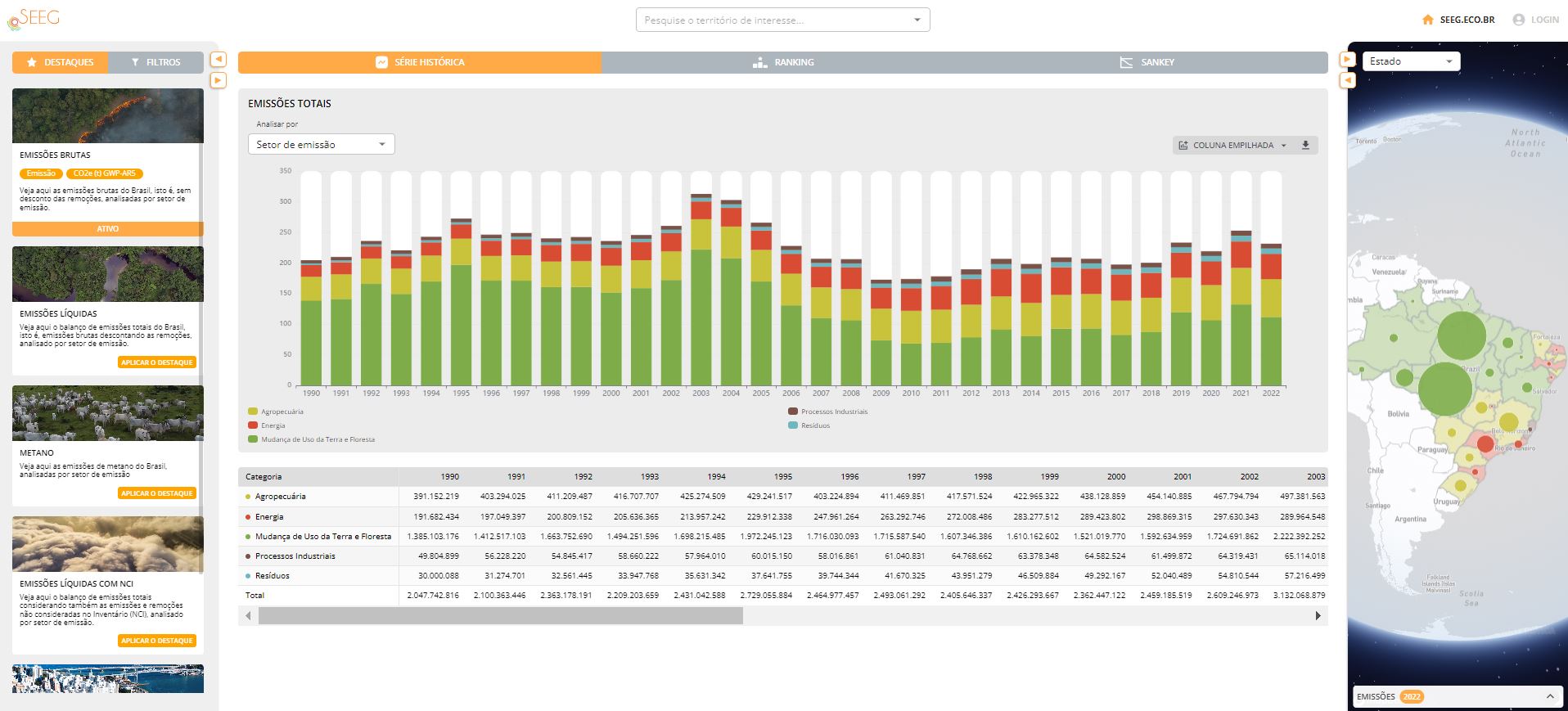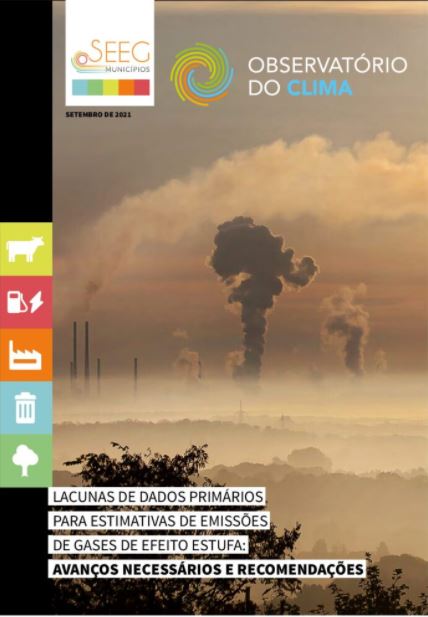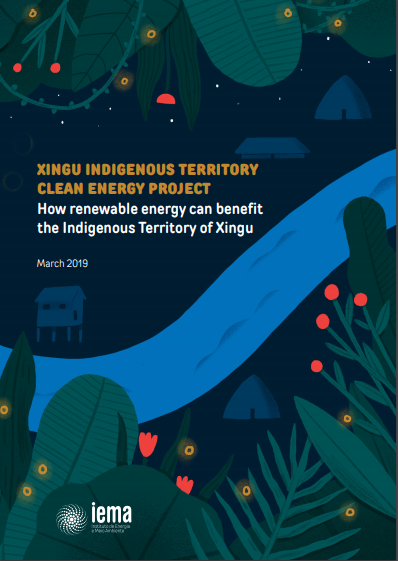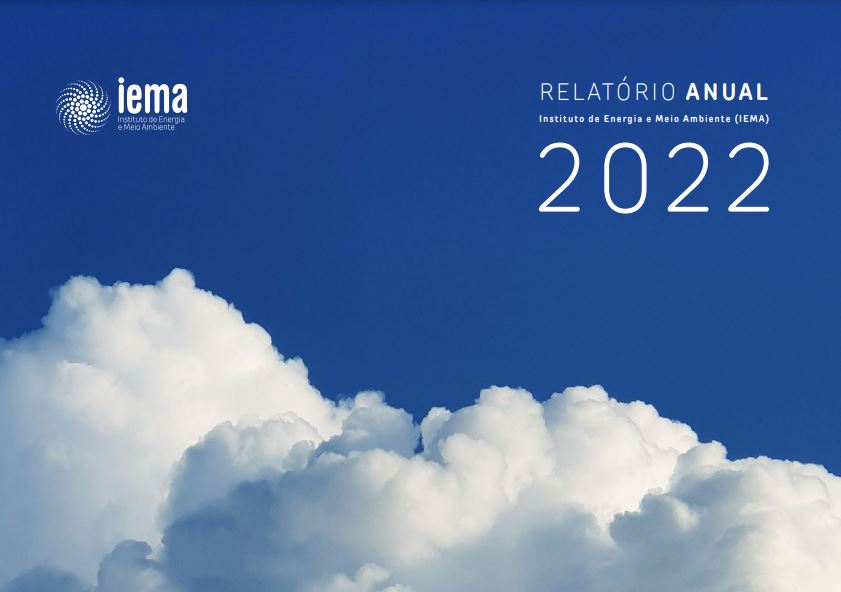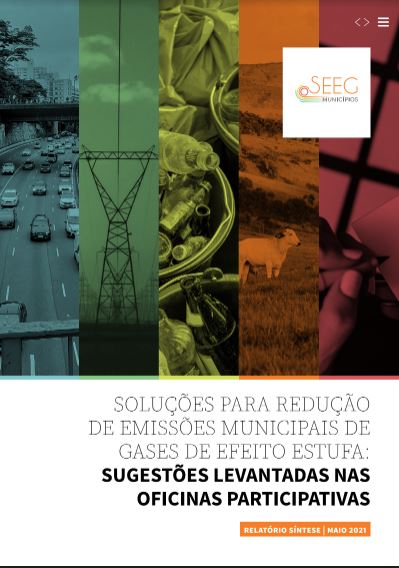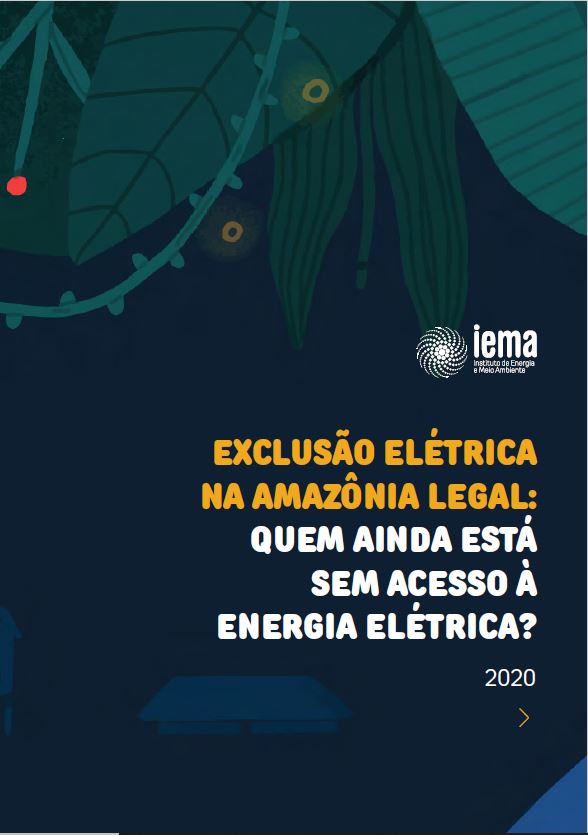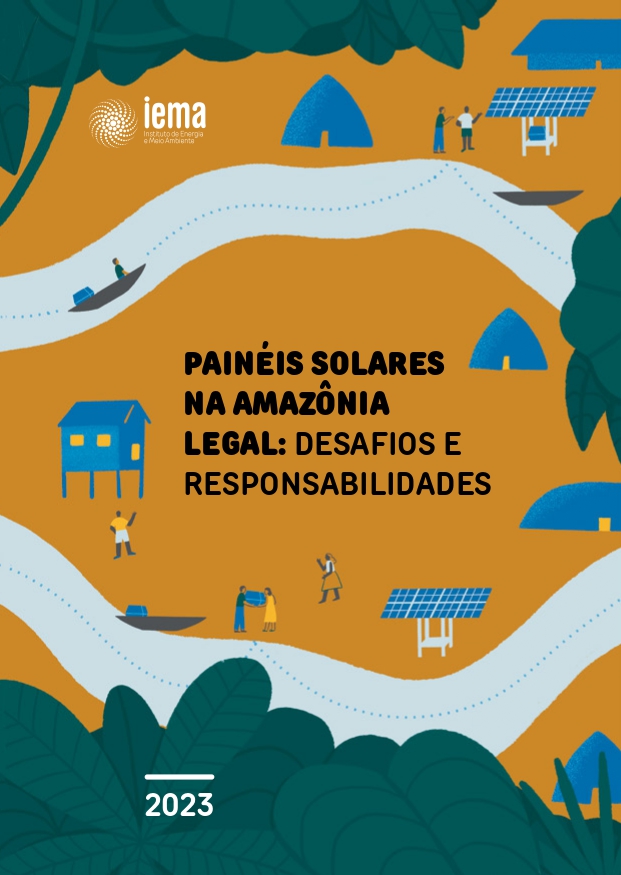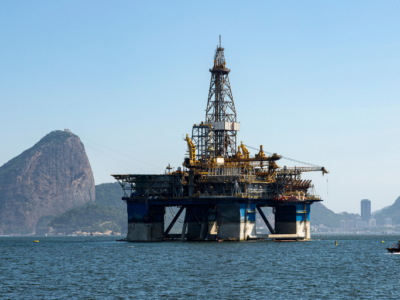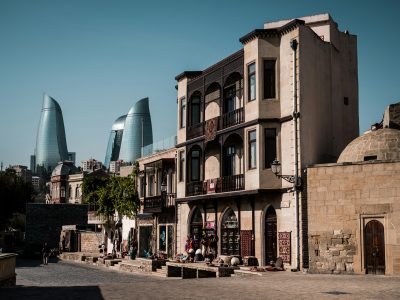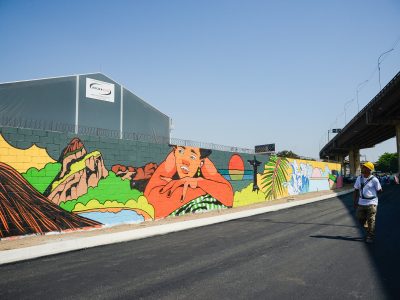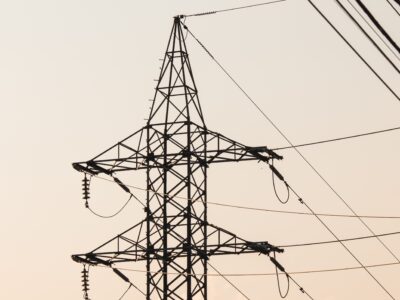There are 212,791 residents of rural settlements, 78,388 indigenous individuals, 59,106 inhabitants of protected areas (commonly known as Conservation Units in Brazil, or CUs), and 2,555 quilombolas without public electricity in the Legal Amazon. The Instituto de Energia e Meio Ambiente (IEMA) arrived at these estimates through a georeferenced methodology developed to monitor the evolution of the number of people without electricity. In total, 990,103 people lack electricity in the region, which corresponds to 3.5% of the local population.
The methodology is available here.
Almost half of the people without electricity — 409,593 — live in the state of Pará. The municipalities with the most affected people are Breves (Pará), Portel (Pará), Coari (Amazonas), and Curralinho (Pará). Pará also leads the populations without electricity divided into three of the four groups mentioned: 2,234 quilombolas, 23,309 inhabitants of protected areas, and 107,889 rural settlements. However, the state with the highest percentage of people without electricity is Acre, with 10% of its population in the dark.
Acre ranks second regarding protected areas (10,898) and rural settlements (31,247) residents in the dark. The Amazon has the largest indigenous population without public electricity: 23,897 people. The data highlight the Brazilian social inequality. Indigenous people, inhabitants of protected areas, such as extractive reserves, and settlers and quilombolas, once again, are marginalized in access to public services that should be paramount in the infrastructure that is made available to them.
Access to electricity is essential for several reasons: it helps to preserve vaccines and medicines; it enables night study; it allows the conservation of cold foods and the pumping of water; it is essential for having access to the internet and the telephone; and, it can provide tools to preserve the local culture, generally unique in the world.
“Wen it comes to estimates, it is obvious that the material released by IEMA can be improved to generate even more accurate numbers. In any case, we understand that the results are sufficiently robust to define priorities and support the formulation of public policies,” said André Luis Ferreira, IEMA’s president.
Rural settlements, indigenous lands, and protected areas are among the territories without access to public electricity in the Amazon
IEMA developed a methodology to monitor public electricity coverage in the Legal Amazon
Publicado em junho de 2022
- Categorias:
- Energia elétrica
